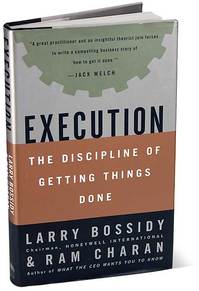In the book The Genome War, the story is told about how the leading theorist proved the impossibility of the gene sequencing technique. It was the Venter group that gave it a try and proved it could work. This story is similar to the one about theory saying that what Marconi was trying, was impossible. (See: Larson, 2006.)
Rosenberg and Birdzell (1986) discuss the case that theory had proven how solid objects fall. But Galileo’s experiments proved them wrong. This established the primacy of experiment and evidence, over theory.
When governments decide, they usually do what is safe, which is to follow current theory (or in rare cases, they pick Lysenko).
The entrepreneurial system, takes advantage of the tacit individual knowledge that is out there, but not yet theoretically defensible, and allows it to percolate to success.
References:
Larson, Erik. Thunderstruck. New York: Crown, 2006.
Rosenberg, Nathan, and L.E. Birdzell, Jr. How the West Grew Rich: The Economic Transformation of the Industrial World. New York: Basic Books, 1986.
Shreeve, James. The Genome War: How Craig Venter Tried to Capture the Code of Life and Save the World. 1st ed. New York: Alfred A. Knopf, 2004.




